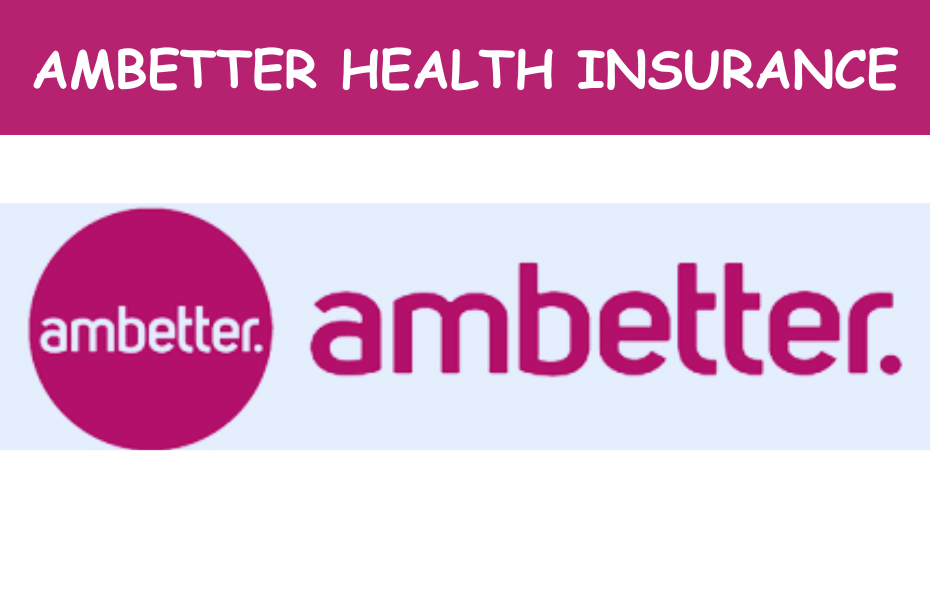In a world where unforeseen health issues can strike at any time, having a reliable Health Insurance Plan is crucial for financial security and peace of mind. Medical expenses can often be overwhelming, and without the right insurance coverage, they can lead to significant financial stress.
That’s why it’s essential to understand the importance of health insurance and how to go about comparing and purchasing the right medical insurance plan for you and your family.
The Importance of Health Insurance Plan
Health insurance serves as a safety net for individuals and families, offering financial protection in case of illness, injury, or medical emergencies. It covers a wide range of healthcare expenses, including doctor’s visits, hospital stays, surgeries, prescription medications, and preventive care.
Here are some key reasons why having health insurance is vital:
Financial Protection: Health insurance helps you avoid the burden of high medical bills. It ensures that you can access quality healthcare without worrying about the cost.
Timely Medical Care: With insurance, you can seek medical treatment promptly, reducing the risk of your condition worsening due to delayed care.
Preventive Services: Many Health Insurance Plan cover preventive services like vaccinations and screenings, promoting early detection of diseases and overall well-being.
Peace of Mind: Knowing that you’re covered by insurance provides peace of mind, reducing stress during health-related crises.
Comparing Health Insurance Plans
Choosing the right health insurance plan requires careful consideration of your needs, budget, and lifestyle. Here’s a step-by-step guide on how to compare health insurance plans effectively:
Assess Your Needs: Begin by evaluating your medical needs, including the number of family members to be covered, existing health conditions, and anticipated healthcare expenses. This will help you determine the type and level of coverage you require.
Types of Plans: Familiarize yourself with the different types of Health Insurance Plan, such as Health Maintenance Organization (HMO), Preferred Provider Organization (PPO), and Exclusive Provider Organization (EPO). Each has its own network of healthcare providers and cost-sharing structures.
Network of Providers: Check the list of doctors, hospitals, and healthcare facilities included in each plan’s network. Ensure that your preferred healthcare providers are within the network to maximize benefits and minimize out-of-pocket costs.
Premiums and Deductibles: Compare the monthly premiums and annual deductibles of different plans. A higher premium often means lower out-of-pocket costs when you receive medical care, while a higher deductible means lower monthly premiums.
Co-payments and Coinsurance: Understand the co-payment (fixed fee for specific services) and coinsurance (percentage of costs you pay) requirements for each plan. These can significantly impact your overall expenses.
Coverage and Benefits: Review the coverage details and benefits offered by each plan. Pay attention to areas like maternity care, prescription drug coverage, mental health services, and preventive care.
Additional Services: Some Health Insurance Plan may offer extra perks like telehealth services, wellness programs, or dental and vision coverage. Recheck all additional benefits you are getting along with this.
Buying Medical Insurance
After thoroughly comparing different Health Insurance Plan, it’s time to make a well-informed decision and purchase the one that best suits your requirements. Here are some steps to guide you through the buying process:
Contact Insurance Providers: Reach out to insurance companies or agents to get quotes and clarify any doubts or questions you may have.
Enroll During Open Enrollment: In the United States, open enrollment periods typically occur once a year. During this time, you can enroll in or switch Health Insurance Plan. Be sure to mark your calendar and enroll during this period to avoid penalties.
Review Policy Documents: Carefully read and understand all policy documents, including the terms and conditions, coverage limits, and any exclusions.
Apply for Subsidies: If you’re eligible for government subsidies, such as those offered through the Affordable Care Act (ACA) in the U.S., apply for them to reduce your premium costs.
Pay Premiums: Once you’ve chosen a Employee Insurance Scheme, pay your monthly premiums promptly to ensure continuous coverage.
Conclusion
Having health insurance is like securing your well-being and financial stability By comparing different Health Insurance Plan and making an informed decision, you can safeguard yourself and your family from the financial burden of unexpected medical expenses. Take the time to assess your needs, understand the options available, and choose a plan that offers the coverage and peace of mind you deserve. In the unpredictable journey of life, a good Health Insurance Plan is your reliable companion.



